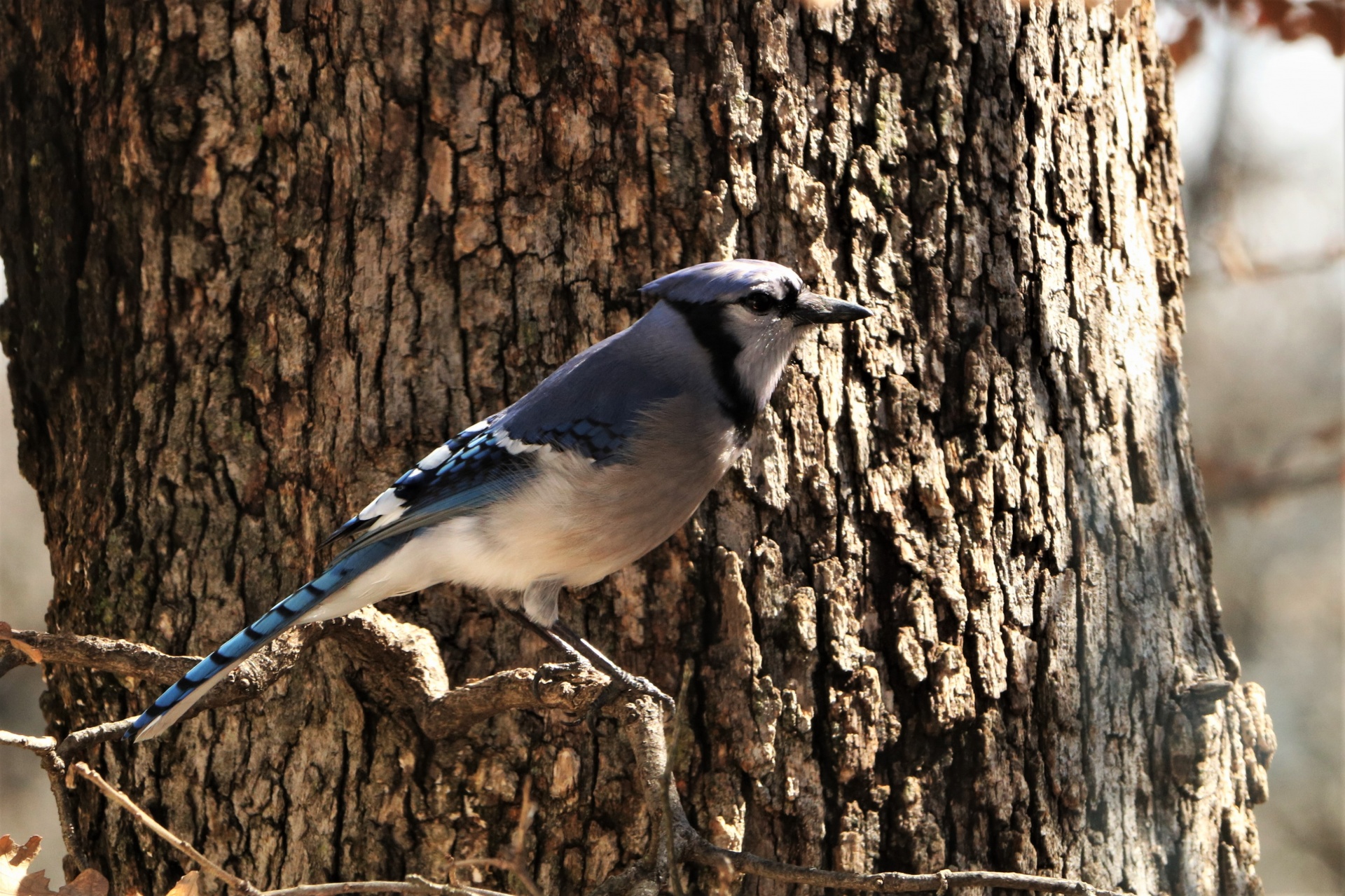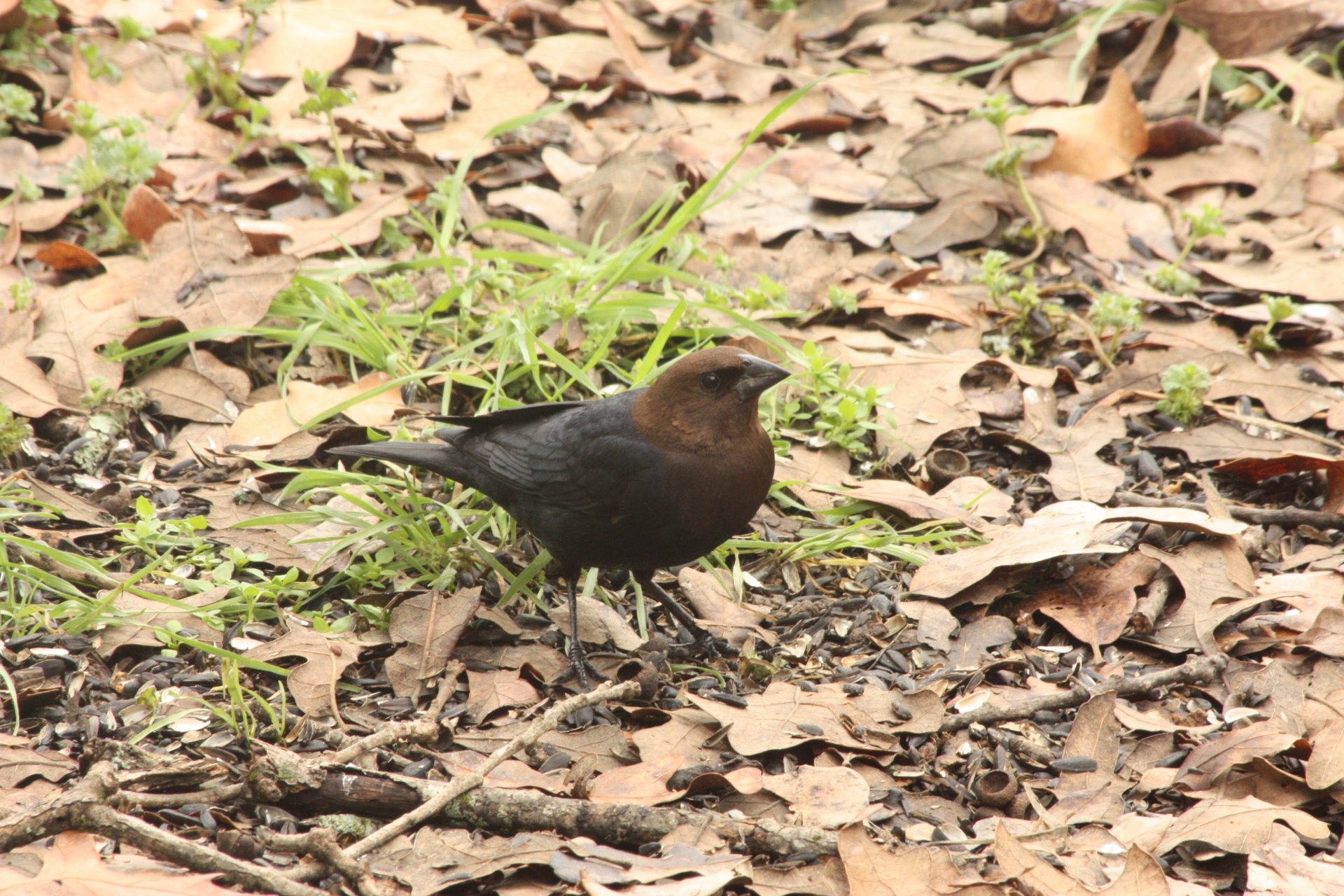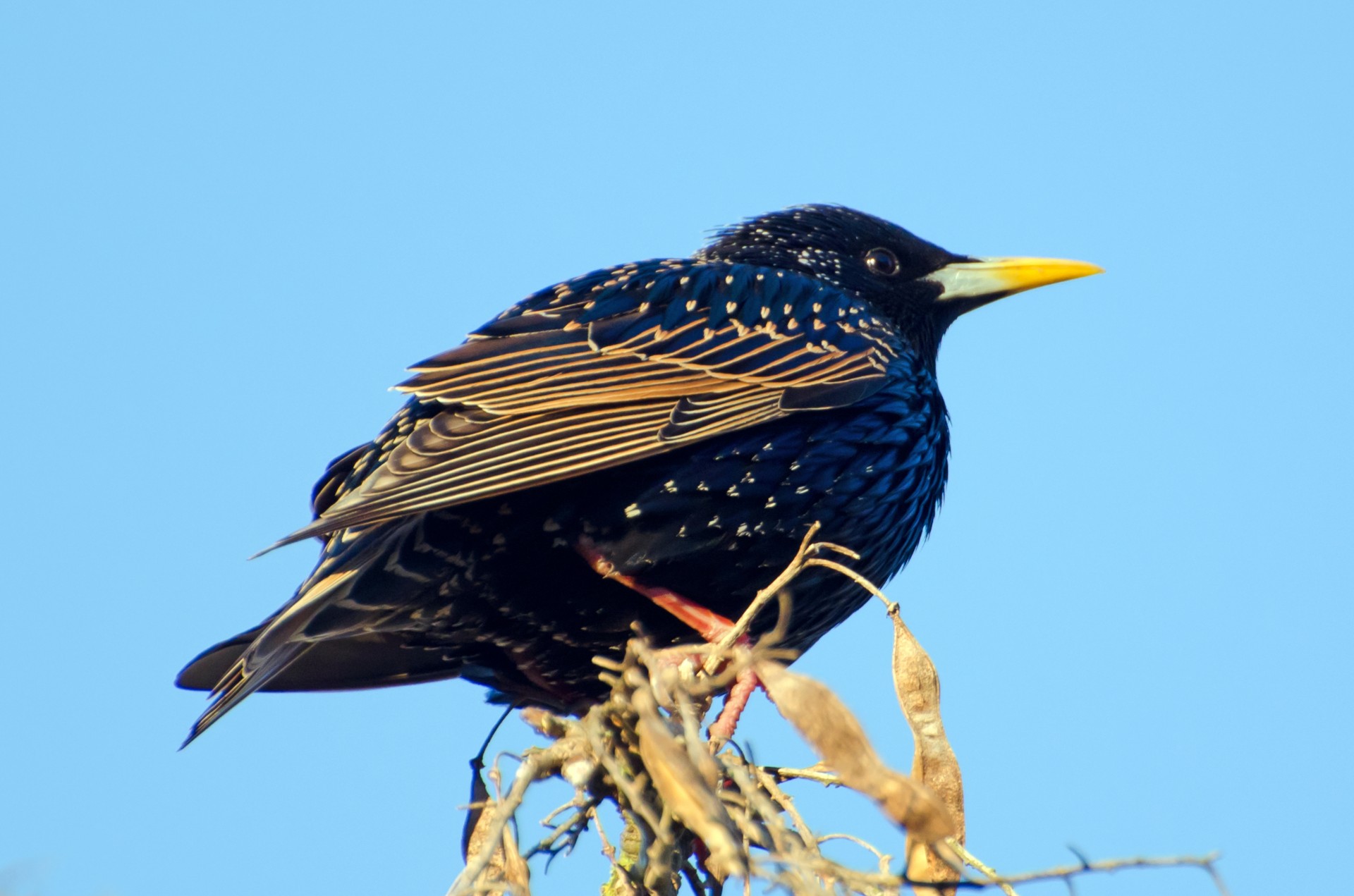April 2, 2020
Northern Mockingbird (?)
I think this is a Northern Mockingbird...I hope it returns tomorrow so I can look again and hopefully identify it by its call.
Mourning Dove
Just spotted a mourning dove, my favorite bird of all time, and was able to get a fairly clear picture!
From Wikipedia:
The mourning dove (Zenaida macroura) is a member of the dove family, Columbidae. The bird is also known as the American mourning dove or the rain dove, and erroneously as the turtle dove, and was once known as the Carolina pigeon or Carolina turtledove. It is one of the most abundant and widespread of all North American birds.
From Wikipedia:
The mourning dove (Zenaida macroura) is a member of the dove family, Columbidae. The bird is also known as the American mourning dove or the rain dove, and erroneously as the turtle dove, and was once known as the Carolina pigeon or Carolina turtledove. It is one of the most abundant and widespread of all North American birds.
Unidentified bird
Seen this morning around 9am. Small bird about the size of a cardinal, uniformly light brown on top, whitish belly. Colored similarly to a hermit thrush.
April 1, 2020
Blue Jay
Saw and heard this fellow in my walnut tree this morning...
 |
| Photo Credit: Sheila Brown |
The blue jay (Cyanocitta cristata) is a passerine bird in the family Corvidae, native to North America. It resides through most of eastern and central United States, although western populations may be migratory. Resident populations are also found in Newfoundland, Canada, while breeding populations can be found across southern Canada. It breeds in both deciduous and coniferous forests, and is common in residential areas. It is predominantly blue with a white chest and underparts, and a blue crest; it has a black, U-shaped collar around its neck and a black border behind the crest. Males and females are similar in size and plumage, and plumage does not vary throughout the year. Four subspecies of the blue jay have been recognized...
The blue jay mainly feeds on nuts and seeds such as acorns, soft fruits, arthropods, and occasionally small vertebrates. It typically gleans food from trees, shrubs, and the ground, though it sometimes hawks insects from the air.
Brown-Headed Cowbird
I saw this bird at my feeder this morning for the first time; I've never seen it before, but upon further research they appear to be quite common along the East Coast.
 |
| Photo Credit: Sheila Brown |
The brown-headed cowbird (Molothrus ater) is a small obligate brood parasitic icterid of temperate native to subtropical North America...
The brown-headed cowbird is typical for an icterid in general shape, but is distinguished by a finch-like head and beak and its smaller size. The adult male is iridescent black in color with a brown head. The adult female is slightly smaller and is dull grey with a pale throat and very fine streaking on the underparts...
The species lives in open or semi-open country and often travels in flocks, sometimes mixed with red-winged blackbirds (particularly in spring) and bobolinks (particularly in fall), as well as common grackles or European starlings.[2] These birds forage on the ground, often following grazing animals such as horses and cows to catch insects stirred up by the larger animals. They mainly eat seeds and insects.
Before European settlement, the brown-headed cowbird followed bison herds across the prairies. Its population expanded with the clearing of forested areas and the introduction of new grazing animals by settlers across North America. Brown-headed cowbirds are now commonly seen at suburban birdfeeders.
March 31, 2020
Carolina Chickadee
I spotted this bird at my bird feeder this morning. Although it's the first time I've seen it, I hear these birds all the time.
 |
| Photo Credit: James Maxon |
The Carolina chickadee (Poecile carolinensis) is a small passerine bird in the tit family Paridae...
Adults...have a black cap and bib with white sides to the face. Their underparts are white with rusty brown on the flanks; their back is grey. They have a short dark bill, short wings and a moderately long tail. Very similar to the black-capped chickadee, the Carolina chickadee is distinguished by the slightly browner wing with the greater coverts brown (not whitish fringed) and the white fringing on the secondary feathers slightly less conspicuous; the tail is also slightly shorter and more square-ended...
The calls and song also differ subtly to an experienced ear: the Carolina chickadee's chick-a-dee call is faster and higher pitched than that of the black-capped chickadee, and the Carolina chickadee has a four note fee-bee-fee-bay song, whereas the black-capped omits the high notes. Identification is very difficult even with an excellent view.
The most famous call is the familiar chick-a-dee-dee-dee which gave this bird its name and its song is fee-bee-fee-bay.
European Starling
I had originally thought this bird to be some type of grackle or, from a distance, perhaps a Rusty Blackbird. They seem to be all over Hillsborough Road.
The common starling (Sturnus vulgaris), also known as the European starling...is a medium-sized passerine bird in the starling family, Sturnidae. It is about 20 cm (8 in) long and has glossy black plumage with a metallic sheen, which is speckled with white at some times of year. The legs are pink and the bill is black in winter and yellow in summer; young birds have browner plumage than the adults. It is a noisy bird, especially in communal roosts and other gregarious situations, with an unmusical but varied song...
The plumage is iridescent black, glossed purple or green, and spangled with white, especially in winter. The underparts of adult male common starlings are less spotted than those of adult females at a given time of year. The throat feathers of males are long and loose and are used in display while those of females are smaller and more pointed. The legs are stout and pinkish- or greyish-red. The bill is narrow and conical with a sharp tip; in the winter it is brownish-black but in summer, females have lemon yellow beaks while males have yellow bills with blue-grey bases.
Subscribe to:
Posts (Atom)



